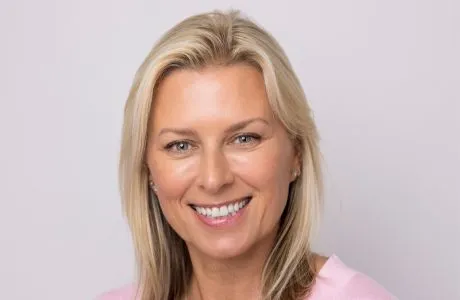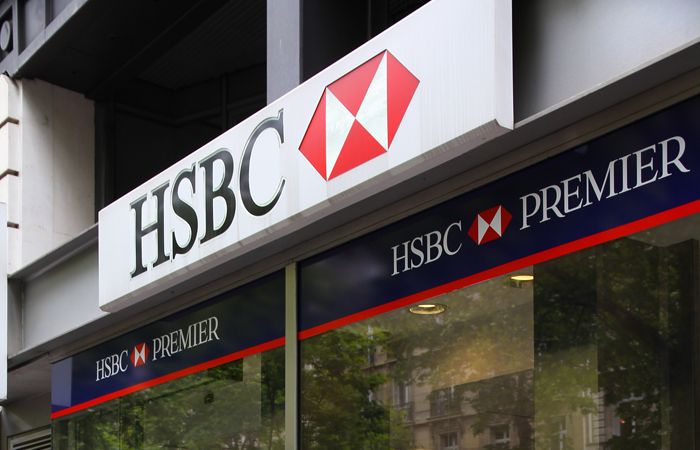
The most common perceived hurdle in the path to homeownership is a lack of job security, data from The Building Societies Association shows.
In the third quarter of this year, 68 per cent of respondents to the association’s property tracker survey gave this answer, up from 65 per cent in June.
Raising a deposit was the second most common reason, jumping from 40 per cent in June to 53 per cent in September.
Respondents actively looking for a new home gave a lack of job security as their biggest worry, too – 61 per cent, with raising a deposit at 55 per cent and access to mortgage finance coming third, at 43 per cent.
The data also shows, however, that market confidence overall has risen from a net of negative of nine per cent in June to 17 per cent in September, which is the highest level recorded since March 2016.
Added to this, 32 per cent of respondents believe that house prices will rise throughout the next 12 months, despite the Stamp Duty holiday scheduled to end in March.
BSA head of mortgages and housing Paul Broadhead says: “Many people who were part-way through a move in March have been able to complete and there is no doubt that the virus has had an effect on people’s attitudes to home, and what in an ideal world they want and need from theirs. As our survey shows some have already taken action.
“Mortgage application volumes are strong, but it seems that completions are taking a little longer then they would have done pre-Covid. Strong application volumes, coupled with the need to focus on those who took a mortgage payment deferral is causing some capacity challenges, which is one of the reasons why the longevity of some products is so short.
“The volume of consumers going from a payment deferral back to normal payments is encouraging. However, we are not in normal times and forecasts of rising unemployment, and the imminent end of government support schemes mean that lenders are rightly focused on risk and affordability. Whilst very definitely open for business, responsible lending is the watchword as we navigate the next six to 12 months.”



